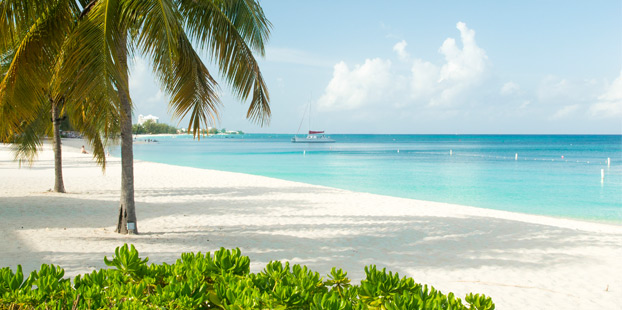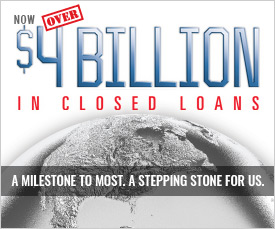
While most traditional real estate lenders in the United States are fixated on domestic projects, there are significant development opportunities abroad in foreign real estate, and many developers are looking to U.S-based lenders for funding. Every country has it’s own unique laws, regulations and processes for commercial real estate, and varying levels of financial risk. The trick for commercial real estate developers in foreign nations is to convince Stateside lenders to take the risk. The only question is who is more likely to finance an international loan: traditional banks or private lenders, such as Kennedy Funding?
There are various reasons why overseas commercial real estate investments are considered high-risk ventures and tend to scare off lenders. For example, various foreign government agencies have requirements and regulations vastly different from the U.S., so Stateside lenders must be well-informed about the laws of the countries. Obviously, many are not. The environmental regulations in these nations can also be wildly different from our own. A foreign real estate developer may not hesitate to build on toxic or heavily-polluted land because it is not illegal for him to do so. In addition, some nations are rife with government corruption and bribery, and sometimes the lender’s money simply disappears with no explanation or recourse. The result of all these realities is a great reluctance on the part of U.S. commercial lenders and banks to finance foreign real estate development.
However, legitimate opportunities remain. The Caribbean is one example of a region with a lot of potentially lucrative building opportunities. In the wake of the 2008 financial crisis, U.S.-based lenders halted funding for scores of Caribbean real estate ventures, bringing commercial development to a standstill in the region. While the world economy struggled to recover, natural disasters, such as hurricanes and earthquakes also negatively impacted the regional market. Since then, lenders and investors helped turn the local real estate market around by taking risks in the Caribbean again. Now that the market is significantly healthier and more robust, more investment money has returned to the Caribbean real estate industry. But who will provide funding for it?
Between traditional banks and private lenders, it’s the latter who are more likely to take the risk on an international loan. The traditional banks are more reluctant to fund overseas ventures, as they would rather pursue low-risk Stateside development opportunities and avoid the potentially challenging situations that may arise. As a result, foreign developers would be hard-pressed to find a U.S.-based traditional lender willing to take the risk. Private lenders, on the other hand, are better positioned to take on high-risk clients, making them the ideal choice for international real estate projects.
The only caveat is that the lender must be knowledgeable about the laws, regulations, requirements and codes of the foreign government where the property will be located. Kennedy Funding, for example, has provided resources for many Caribbean real estate projects for 30 years. (See recently closed Caribbean loans here) The company is familiar with the governments, laws and land values of various Caribbean nations and has helped developers acquire and develop their projects with ease and in total compliance with the regulations of both the United States and the countries where the properties were built.







